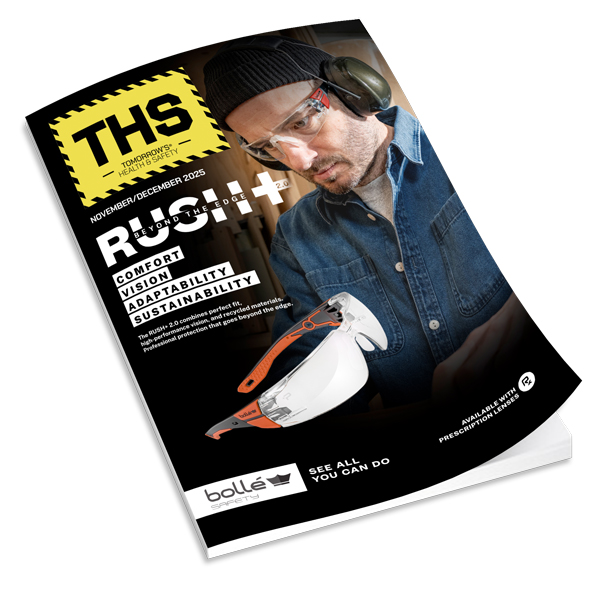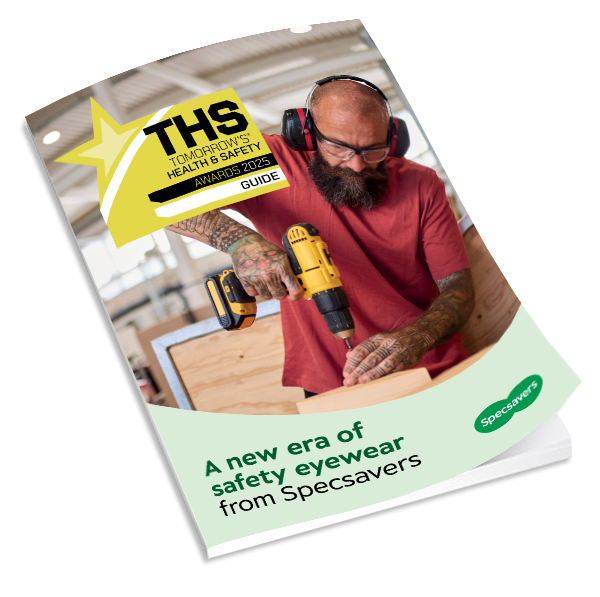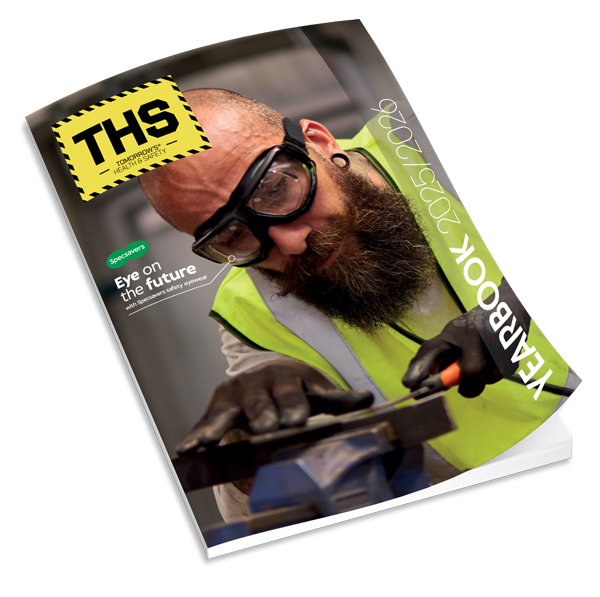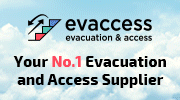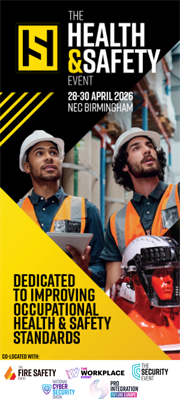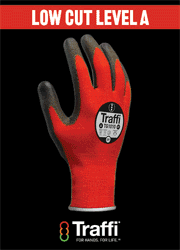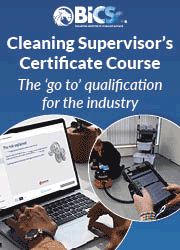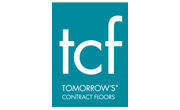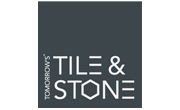Paul Rapuano Global Strategic Partnerships Manager at Rapid discusses the hidden dangers of onboarding compliance.
In many commercial buildings, maintenance and cleaning are outsourced and often carried out outside regular business hours. There’s a constant flow of people who aren’t your employees: contractors, auditors, cleaners, IT consultants, and more. These individuals play a vital role in keeping operations running, yet their presence can pose hidden risks if not properly managed.
Many of these tasks happen out of hours, without on-site supervision. With high staff turnover in sectors like cleaning and maintenance, inconsistent service is common, and sometimes, downright questionable. Without proper check-in systems, there’s no way to confirm if the job was done or even if anyone showed up.
The responsibility ultimately lies with the business: knowing who’s on-site, when they arrived, whether they’re authorised, trained, and compliant with your safety protocols, not just industry standards.
And yet, even in 2025, many UK businesses still rely on paper logbooks or fragmented systems. These approaches are not only inefficient, they’re dangerous.
On-site compliance: More than a sign-in sheet
Compliance isn’t just about ticking boxes. It’s about protecting people, proving due diligence, and reducing risk. That starts with verifying identities, confirming training completion, and checking documents like insurance and safety certificates.
The risks don’t just lie with heavy machinery operators. It could be the sandwich vendor who walks into a restricted area or the temporary contractor who skipped induction training. And still, many businesses rely on outdated or disconnected processes for onboarding, sign-in, and compliance.
Sometimes, visitors sign a paper log at reception, while contractors go through digital onboarding. But in an emergency, that logbook is useless if it’s left at the front desk. Worse still, you can’t prove training or compliance after the fact.
A sobering reality: many workplace injuries involve individuals on-site for less than six months, often contractors. Ensuring they’re properly inducted from day one is critical.
Liability, productivity, and missed red flags
Imagine there’s a fire, injury, or breach. If you can’t prove who was present or whether they were qualified to be there, legal and financial consequences can follow.
The UK’s Health and Safety Executive (HSE) reported that in 2023, 199 prosecutions led to £35.8 million in fines—averaging £180,000 per case. But compliance shouldn’t be about avoiding fines; it’s about creating safer, more professional working environments.
Onboarding compliance needs to become part of your core visitor culture. It helps prevent reputational damage, avoids costly mistakes, and protects every person on your premises.
Why real-time compliance pays off
Real-time data transforms compliance from a chore into an advantage. Manual onboarding, like sitting contractors in training rooms, wastes time and is vulnerable to inconsistency and human error. Documents get misfiled. Certifications go unchecked.
The result? Confusion, delay, and non-compliance.
With digital tools, you can instantly answer questions like:
- Who’s on-site?
- Are they compliant?
- Has their insurance expired?
Integrated systems let you:
- Verify identities at check-in via ID cards or facial recognition
- Reject access to non-compliant visitors
- Track documentation expiry and send reminders
- Maintain an audit trail for every site visitor
One logistics organisation discovered that only 30% of its workers were compliant, even after sending email reminders. Once they implemented ID and compliance checks at site access points, compliance jumped to 98% within weeks. Even senior managers were denied entry if not up to date. It raised eyebrows, but it worked.
Integration over patchwork
One major reason businesses struggle with onboarding is using disconnected systems: one for sign-ins, another for reporting, and another for documentation. These systems don’t “talk” to each other, making it nearly impossible to investigate incidents properly.
If a safety issue occurs and you can’t link it to a person’s sign-in, induction, or credentials, you’ve lost your ability to prove compliance. Integrated platforms connect the dots, giving you a full picture and allowing proactive issue resolution.
It also improves data quality. Automation can flag errors early, helping you safeguard short-term contractors who may only be on-site briefly but still pose risk.
Automation: Your virtual admin assistant
Some companies still manually chase insurance documents, relying on admin staff, or worse, paying external providers. It’s time-consuming, expensive, and error-prone.
AI-powered verification tools will be built to scan and validate insurance and training licences, flag issues automatically, and send reminders to both workers and administrators. No more guessing if a document’s up to date. No more last-minute panic before audits. Everyone stays informed and compliant.
The bottom line: Safety, simplicity, and smarter systems
Real-time onboarding and compliance tools do more than meet regulations.
They reduce legal and operational risk, save admin time and cost, improve workplace safety and ensure transparency and accountability.
The old ways, paper logbooks, manual checks, disconnected systems, just don’t cut it anymore. Today’s smarter, integrated platforms offer a better path: one that’s secure, consistent and scalable.
When something goes wrong, you don’t want to be flipping through paper records. You want answers—immediate, accurate, and audit-ready.
That’s what modern compliance systems offer: clarity, protection, and peace of mind.
One client rolled out facial authentication across multiple sites. The results? Greater accountability, proof of service, and early issue detection. They rebuilt trust with clients and got ahead of problems before they became critical.
It’s that level of visibility and control that turns compliance from a burden into a business advantage. Digital onboarding makes it not only possible, but easy.












